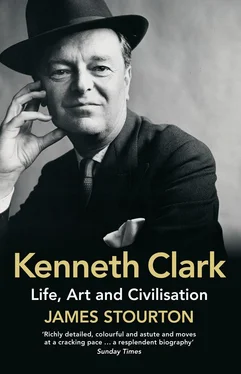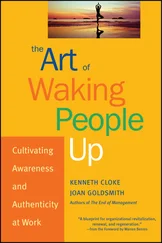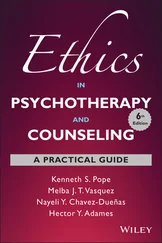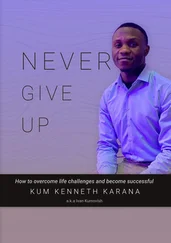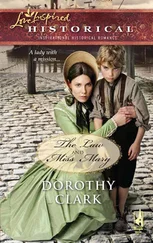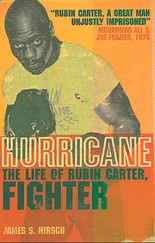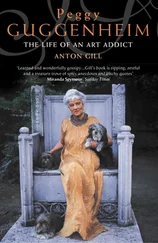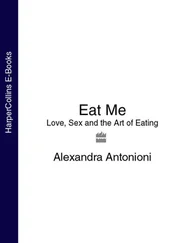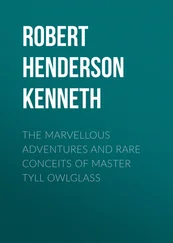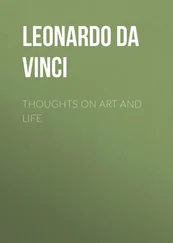Clark’s portrait of Aris in his autobiography was of a small-minded sadist, but he records Mrs Aris as charming. Their son, John Aris, later wrote to Clark remembering his mother lending him a book on Ruskin (which Clark acknowledged had a crucial influence on his life) and allowing him to play her piano. He added, ‘You might be right about my father as a schoolmaster, though your contemporaries would not all agree … He was not unkind but he was a man of rather simple austerity, and I believe he was then preoccupied with those who went from Winchester to France [i.e. to war]. I hope you have not misjudged him.’8
Clark’s second housemaster, ‘the Jacker’, was something of a Winchester legend. A school manuscript describes him as ‘a ferocious little man who didn’t suffer fools – wounded in the war, he became an ardent militarist but he collected china and knew about woodcuts. He had many unlikeable qualities and was not by nature affectionate. It was said he was only interested in athletes.’9 Despite their obvious differences, Clark thought he treated him very fairly. Jackson hated conceit. When someone towards the end of Clark’s time at the school asked him what he was going to do afterwards, Clark answered, ‘Help Mr Berenson to produce a new edition of The Drawings of the Florentine Painters .’ Jackson, whom he had not observed, remarked ‘Bloody little prig.’10 He was not the last to voice this sentiment. Equally often quoted, though probably misinterpreted, was the Jacker’s remark when sitting between Clark and Keswick, whose father was a leading Hong Kong nabob, ‘Never, never again will I have the son of a businessman in my House.’11 In fact there were many such children in the house, and as Jackson’s obituary stated, ‘he could crack a joke, maybe with an edge to it’.
Like most clever and sensitive boys at school, Clark found refuges. The most important was ‘the drawing school’ or art room. On his third day he called on the art master, Mr Macdonald – ‘a kindly, agreeable person but the laziest man I have ever known’. Winchester frowned upon extra-curricular activities, and Macdonald did not have many pupils, so it was probably with mixed feelings that he eyed the eager young student. Fortunately, Clark admired two prints by the Japanese artist Utamaro on the wall, and Macdonald invited him to ‘come next Sunday, I have some more in those drawers’. Clark devoured the astonishing collection of prints by Utamaro, Hokusai and Kunyoshi – later, he was always to have Japanese prints in his own art collection. He had already resolved that he was going to be an artist, and this decision informed the rest of his time at Winchester. His Sunday afternoons with Mr Macdonald ‘were among the happiest and most formative in my life. They confirmed my belief that nothing could destroy me as long as I could enjoy works of art.’12
Macdonald taught Clark to draw plaster casts of sculpture – a training, as he ruefully observed, that would be more useful to him later as an art historian – and each year he duly won the school drawing prize. The kind Mrs Aris showed him copies of The Studio , the bible of the Aesthetic Movement, and it was there that he encountered the work of Aubrey Beardsley, who together with the illustrator Charles Keene was the main influence on his drawing. Years later it was these two artists that Clark chose to lecture about at the Aldeburgh Festival. Several drawings survive in the Tate archive in the modish naughty nineties style of Beardsley, occasionally signed ‘KCM’, mostly male nude studies. Others show the cross-hatching manner of Keene. It was Mr Macdonald who introduced him to one of his later gods: ‘I remember vividly the first moment at which my drawing master at school pulled out of a cupboard some photographs of Piero della Francesca’s frescoes at Arezzo, then seldom reproduced in any book. Even upside down, as they emerged, I felt a shock of recognition.’13
Apart from the art room, Clark’s other refuge was the school library. This had practically no art books except Richard Muther’s monograph on Goya.14 But it did contain the set of volumes that were to have the greatest influence on his life, The Collected Works of John Ruskin in the edition edited by Cook and Wedderburn (1903–12). ‘I expected them to be about art. Instead they were about glaciers, and clouds, plants and crystals, political economy and morals.’15 If the works of Roger Fry and Clive Bell were more contemporary and easier to read, the Ruskin volumes ignited a slow-burning flame that would last all his life. They profoundly influenced not just the way he looked at and described works of art, but also his political and social attitudes. Among his own books, Clark’s favourite was to be his selection of the Victorian writer’s work, Ruskin Today . Almost as important was his discovery of Walter Pater, *his writings on art and his story in Imaginary Portraits of the nihilistic young patrician ‘Sebastian Van Storck’, in whose ‘refusal to do or be any definite thing I recognised a revelation of my own state of mind’.16 Clark’s unhappiness at school and rejection of the sporting life at Sudbourne fed these melancholic feelings. He was to be prone to ennui all his life, and in later years only action and work would enable him to overcome his fear of boredom.
At home during the holidays, the teenage Kenneth Clark was a withdrawn figure. To the annoyance of his father, he still refused to go out shooting. Phyllis Ellis described him at Sudbourne during this period: ‘They also had a pianola in the billiard room. When young Kenneth came back from school, on holiday, we used to go through the pianola rolls. And he’d take me out in a boat on the lake. It was extraordinary, a boy of fourteen spending his time with a four-year-old girl, but he was always different from other people and perhaps, like me, a lonely child. He wasn’t very happy at that time.’17
It was a great disappointment to his father that Kenneth was not interested in the shoot, and this, combined with the upheavals of the war, called into question the future of the estate. No doubt Clark’s mother also longed to be free of the burden of organising house parties, and his father decided to put Sudbourne on the market in 1917. We can only imagine the distress felt by Clark’s father at selling what he had spent so long creating. He almost sold the property to Walter Boynton, a timber-man who offered £170,000 but was unable to pay. The estate was therefore auctioned the following year in parcels, but most lots failed to find buyers. It was a disastrous time to sell, with a quarter of all English estates being for sale. Finally, in 1921, the industrialist Joseph Watson, shortly to become the first Baron Manton, stepped in and bought it with a reduced acreage for £86,000, representing a massive loss for the Clark family. *
The Clarks moved to Bath, where they remained for most of Kenneth’s schooldays. His father would spend all day at the club playing bridge and billiards, but Kenneth could never fathom what his mother did, apart from visit antique shops. He became very fond of the city, and was unexpectedly to spend a school term there. *Perhaps surprisingly, he was a good sportsman – an improbably skilful bowler for the cricket team, and he even won a running prize. One day after a long run he was taken ill with pneumonia. So serious was his condition that he was removed from the school for a term. He was already showing signs of the hypochondria that dogged him for the rest of his life. Always liking to project himself as an autodidact, he described being ill as ‘the only time at which I learnt anything of lasting value’.18 He passed his days reading and playing Chopin on his pianola, and was later to view this period as crucial to his development: ‘My mind was in a plastic condition, and for the last time I was able to remember a good deal of what I read.’19 He was devouring English poetry of the seventeenth century, particularly Vaughan and Milton; Chinese poetry of the ninth century in Arthur Waley’s translations; Ibsen, who taught him the complexities of human motivation; Samuel Butler, a different kind of scepticism; and of course Ruskin, ‘whose Unto This Last was the most important book I ever read’. He also did most of his novel-reading at this period, enjoying the works of Anatole France, Joseph Conrad and Thomas Hardy.
Читать дальше
